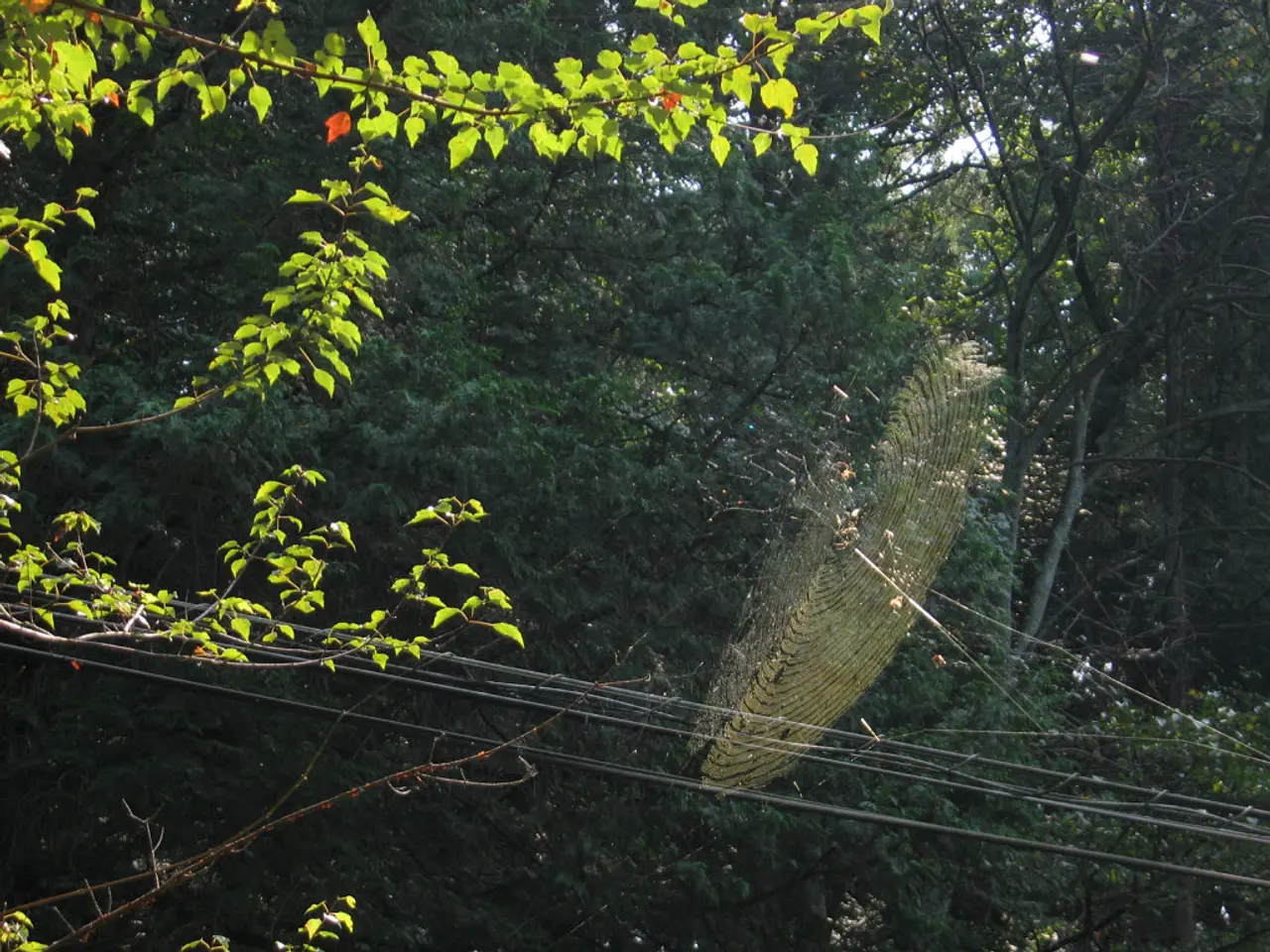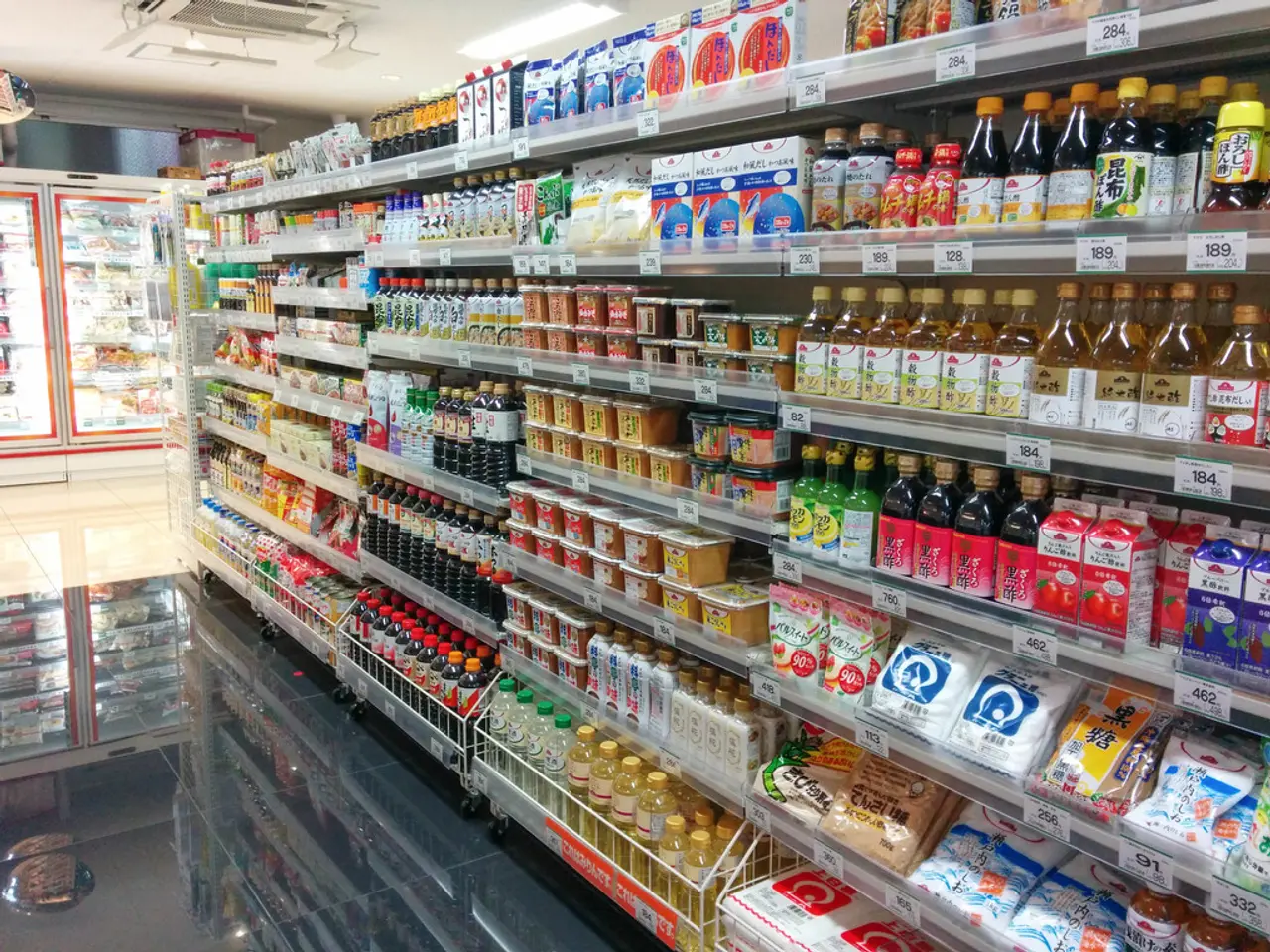Enhancing Your Website's Dimension through the Application of Web Textures
Textures play a significant role in web design, adding visual appeal and functional value to the interface of web pages. They can be paired with colors, typography, and layouts for a cohesive design that creates an immersive brand experience.
Best Practices for Using Textures in Web Design
The best practices for using textures in web design emphasize balance, subtlety, and alignment with the brand's purpose. By adding depth without distraction or clutter, textures can help to create a tactile, engaging interface that supports the brand's personality without reducing readability or usability.
Subtle Textures for Depth and Warmth
Soft, subtle textures or patterns, such as light geometric shapes, paper grain, or fabric, can add depth and warmth to a design without overpowering key content like text or buttons. This approach keeps the design clean and layered, supporting brand personality—such as vintage, creative, or modern aesthetics—without reducing readability or usability.
Combining Textures with Minimalism and Depth Techniques
By combining textures with minimalism and depth techniques like layered shadows and gradients, designers can create a tactile, engaging interface that adds emotional depth and a three-dimensional feel. These elements enrich user interaction without overwhelming the design’s simplicity.
Avoiding Overuse of Textures
To prevent visual clutter and busy interfaces, it's essential to harmonize textured colors carefully to maintain aesthetic appeal and brand coherence. This ensures that textures support rather than detract from the overall color harmony and site context.
Leveraging Modern Effects Selectively
Modern effects, such as glassmorphism (frosted glass blur effects), can be used selectively to separate layers or emphasize interactive elements like modals or navigation without obscuring background content. Overuse of such effects can harm performance and clarity, so they should be reserved for focal points.
Maintaining Clarity and Hierarchy
Ensuring textured backgrounds or elements do not compete with important content is crucial. Designers can use transparency, muted color palettes, or overlay layers to soften textures and keep content prominent.
Testing Responsiveness and Accessibility
Textured elements should be tested across devices and user feedback gathered to ensure they enhance engagement without harming usability. Adjustments should be made based on real interaction data.
Aligning Textures with Brand Identity and Target Audience
Creating a mood board or style guide to select textures and colors that reflect the brand’s essence and resonate emotionally with users is essential. This reinforces recognition and trust.
Examples of Textures in Web Design
Upland's web design features a subtle grid pattern that adds depth and texture without overpowering the page. Grayscale's website redesign incorporates subtle textures and gradients to enhance user experience and reinforce brand identity. EasyGreen's website uses a subtle texture to add depth and a natural, organic feel.
The Future of Textures in Web Design
The future of textures in web design lies in creating a quaint look without excessive clutter while still utilizing the attractive features of textures. Emerging texture techniques in digital design include interactive surfaces and other engaging graphics.
Tools for Creating Textures
Designing custom textures from scratch requires a combination of creativity and technical skills, and software such as Adobe Photoshop or Illustrator can be used for this purpose. Unreal Engine, a powerful game engine, can also be used for texture creation and manipulation, offering support for PBR textures, normal mapping, and other advanced techniques.
The Role of Textures in Web Design
The role of texture in web design is strategically aimed at improving user experience and strengthening brand identity. They add realism, depth, and dimensionality to 3D models, making them more engaging and immersive. In architectural visualization, game development, and product design, web textures are crucial in creating realistic and visually appealing 3D models and environments.
Accessibility Considerations
When implementing textures in web design, accessibility considerations should be made to ensure they are perceivable by all users. This includes considering the material properties, pattern, and realism to ensure that the texture looks believable and realistic.
In conclusion, textures in web design should be thoughtfully integrated to add dimension, warmth, and personality, creating an immersive brand experience while preserving readability, usability, and visual hierarchy for a superior user experience.
- By using subtle textures such as light geometric shapes, paper grain, or fabric in a design, designers can create a clean, layered interface that supports the brand's personality without overpowering key elements like text or buttons.
- In the future, texture techniques in digital design may evolve to include interactive surfaces and other engaging graphics, allowing for a more immersive user experience without excessive clutter.




